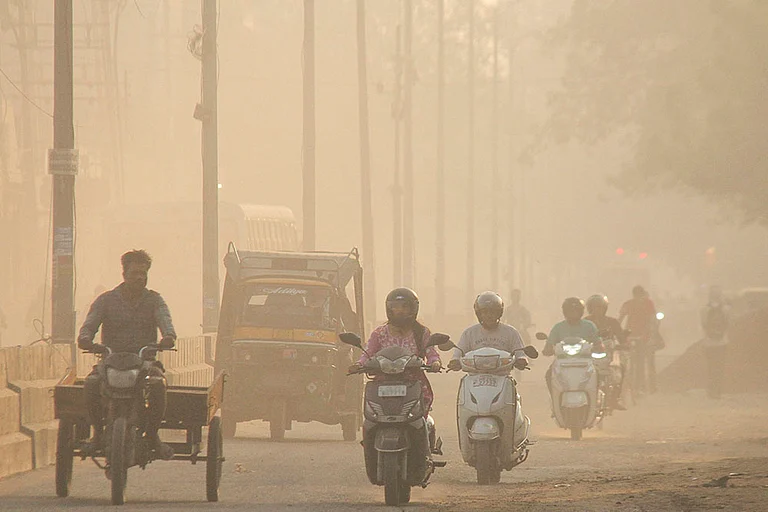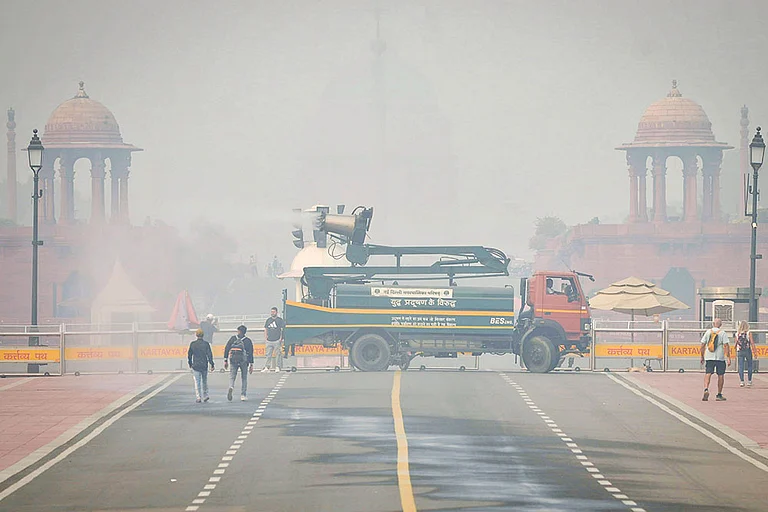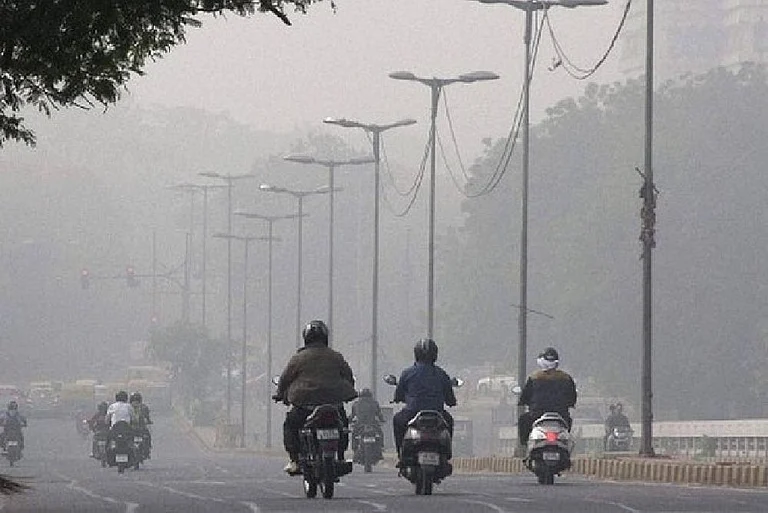
National AQI at severe level 251 as of November 15; Naultha records worst at 1071, Khairabad 716, Nagli Bahrampur 599
Delhi hazardous with 387-470 AQI; 37 of 39 stations record very poor to hazardous quality driven by PM2.5 and PM10
Top polluted cities: Delhi ITO (373), Ghaziabad Vasundhara (353), Noida Sector 62 (309), Haryana Panipat (310)
PM2.5 comprises 60-70% particulate load; children, elderly, immunocompromised face heightened respiratory vulnerability
India is witnessing severe air quality degradation across multiple metropolitan regions, with the national Air Quality Index recording severe levels at 251 as of November 15, 2025. Northern India continues experiencing alarming pollution conditions, with Naultha recording the nation's worst AQI at 1071, followed by Khairabad at 716 and Nagli Bahrampur at 599. Delhi remains significantly polluted with readings fluctuating between 387-470, reflecting hazardous air conditions affecting millions. The Central Pollution Control Board reports that 37 out of 39 monitoring stations in Delhi record very poor to hazardous quality, driven primarily by PM10 and PM2.5 exceeding safe thresholds substantially. This severe pollution wave affects Uttar Pradesh, Haryana, and Punjab, with cities like Greater Noida, Ghaziabad, and Baghpat recording AQI values surpassing 350.
What is AQI and why does it matter?
The Air Quality Index (AQI) is a standardized scale converting complex pollutant concentrations into a single, easily understood number and color code. It informs citizens about the current and forecasted air pollution levels within their locality, translating raw environmental data into actionable health guidance. Six AQI categories, Good, Satisfactory, Moderately Polluted, Poor, Very Poor, and Severe, define both the intensity of air pollution and the associated health risks for the entire population as well as sensitive groups, enabling timely protective decisions for public health and daily safety.
Real-Time AQI Tracking Systems
India employs a widespread real-time AQI tracking infrastructure powered by both government monitoring stations and independent sensor networks placed in urban and rural zones. The Central Pollution Control Board, along with platforms like SAFAR and AQI.in, provides continuous updates and live city-wise rankings directly through websites and dedicated mobile applications. These systems interpret multi-pollutant data 24/7, issue advisories during hazardous spikes, and allow commuters, schools, and health workers to make fast, evidence-based decisions regarding outdoor activity, travel, and infection risk minimization.
Most Polluted Cities in India: Latest Rankings
According to current AQI assessments, cities like Naultha, Khairabad, and Nagli Bahrampur top the most polluted chart with hazardous AQI scores, often exceeding 700, while major metros such as Delhi (ITO: 373), Ghaziabad, and Noida remain consistently above 300, indicating very poor or severe air quality. Cities in Uttar Pradesh, Haryana, and Punjab, including Baghpat, Panipat, Fatehabad, and Hapur, also rank among the worst affected, with pollution levels far above national safety norms for days at a stretch.
Primary Pollutants Driving the AQI Spike
PM2.5 dominates pollution composition across northern cities, constituting 60-70 percent of the particulate load. Vehicular emissions, industrial operations, construction dust, and agricultural burning substantially elevate concentrations during monsoon transitions.
Health Risks Linked to High AQI Levels
Exposure to AQI levels above 300 substantially increases the risk of acute respiratory infections, heart disease, aggravated asthma, reduced lung function, and even premature mortality. Children, elderly individuals, and immunocompromised populations face heightened vulnerability to severe respiratory distress and complications.
How to Protect Yourself From Hazardous Air
Protective measures include using certified N95 or FFP2 masks outdoors, investing in indoor air purifiers, monitoring AQI daily before planning activities, and practicing proper ventilation and frequent handwashing. Limiting strenuous exercise outdoors during peak pollution hours, increasing intake of antioxidant-rich foods, consulting doctors for preventive medication, and keeping windows closed on severe days are strongly recommended to minimize both immediate and cumulative health risks.















.jpg?auto=format%2Ccompress&fit=max&format=webp&w=376&dpr=2.0)













